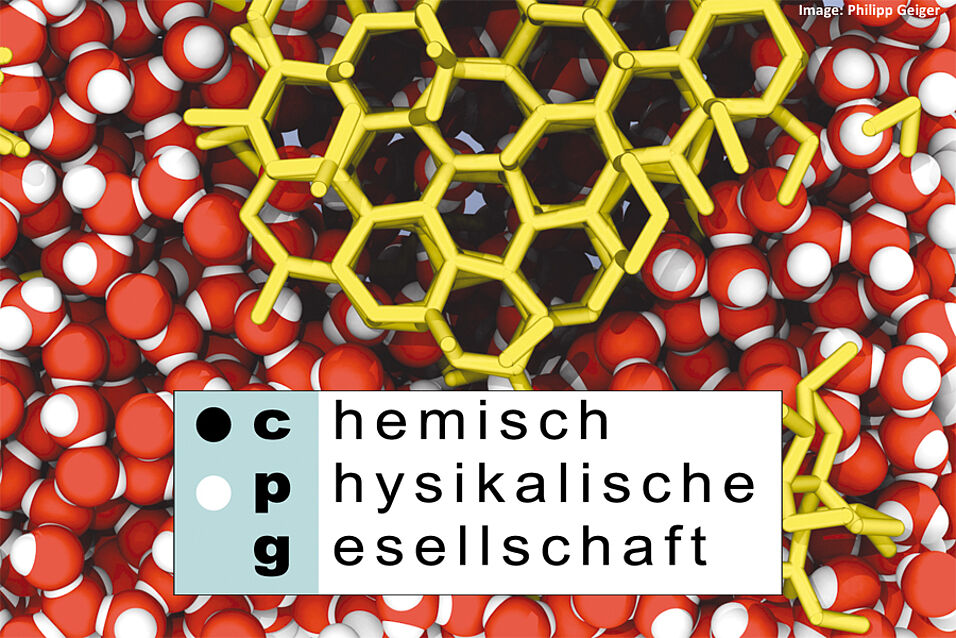Vortrag im Rahmen der Chemisch Physikalischen Gesellschaft
In view of the current progress in super-resolution microscopy, the merits of studying the Förster resonance energy transfer (FRET) between an excited donor and acceptor fluorophore in combination with confocal or stimulated emission depletion (STED) microscopy enables one to reach molecular resolution below 10 nm for studying protein complexes, while simultaneously providing spatial and temporal information of the cellular context. For this, we established a complete workflow from FRET microscopy in living cells over FRET-specific data analysis to integrative structural models. (I) We introduced multi-parameter fluorescence detection (MFD) [1] and multi-parameter fluorescence image spectroscopy (MFIS) [2] to register all eight characteristic fluorescence parameters so that we gain the complete fluorescence information on biomolecules in a single measurement. This allows us to study the formation of homo- and hetero-complexes by homo- and hetero-FRET in live cells simultaneously. (II) We developed a refined analysis of MFIS-FRET data with a significant noise reduction to infer the structural properties, molecular stoichiometry and interaction affinities of molecular complexes in living cells by applying detailed models to resolve the corresponding FRET-parameters (i.e. distances) and species fractions. (III) Using FRET restraints and computer simulations, we established an automated workflow to generate integrative structural models of biomolecular assemblies that can be deposited in the new protein data bank, PDB-dev [3, 4].
By combining MFIS and STED-MFIS in living cells with single-molecule FRET studies in vitro, we studied Guanylate binding proteins (GBPs) that undergo a conformational transition for GTP-controlled oligomerization to exert their function as part of the innate immune system of mammalian cells - attacking intra-cellular parasites by disrupting their membranes. We identified GBP's intrinsic flexibility, a GTP-triggered association of the GTPase-domains and an assembly-dependent GTP-hydrolysis as functional design principles that control their reversible oligomerization in polar assemblies and the subsequent formation of condensates [5]. A further example for functional microscopy of membrane proteins by FRET based MFIS with molecular resolution is the structural characterization of GPRs in cells [6].
[1] Widengren et al.; Anal. Chem. 78, 2039-2050 (2006).
[2] Weidtkamp-Peters et al.; Photochem. Photobiol. Sci. 8, 470-480 (2009).
[3] Kalinin et al.; Nat. Methods 9, 1218-1225 (2012).
[4] Dimura et al.; Curr. Opin. Struct. Biol. 40, 163–185 (2016).
[5] Kravets et. al.; eLife 5, e11479 (2016).
[6] Greife et al.; Sci. Rep. 6, 36792 (2016).

